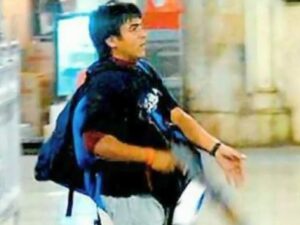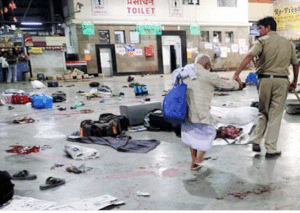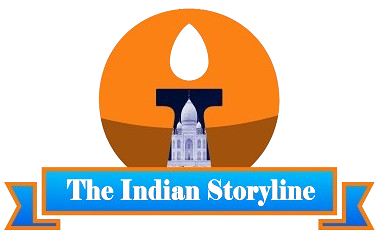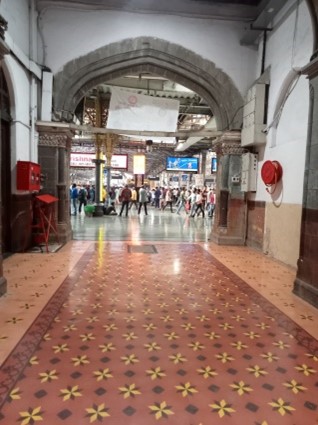The Interior of Chhatrapati Shivaji Maharaj Terminus (CSMT) : A Living Icon of Mumbai’s Rail Culture
Chhatrapati Shivaji Maharaj Terminus (CSMT), formerly known as Victoria Terminus, is not just a railway station—it’s a pulsating heart of Mumbai. From the grandeur of its Gothic Revival architecture to the hum of thousands of daily commuters, the station narrates the evolving story of the city’s lifeline—the local trains.
Booking and Ticketing Halls
The interiors of CSMT are designed with both aesthetic appeal and functional necessity. As you enter the station through the grand archway, the first space you encounter is the spacious booking hall. The ticketing counters for both long-distance and local trains are divided into multiple sections. There are separate counters for women, senior citizens, and the general public, equipped with digital display boards to streamline the flow. Automated Ticket Vending Machines (ATVMs) and mobile ticketing options via the UTS app have modernized the system, easing long queues and encouraging cashless travel.
In addition to traditional booking counters, CSMT has computerized reservation offices for long-distance train bookings on the upper floors of the heritage building. Digital kiosks provide real-time train information, including arrivals, departures, and platform changes.
Platforms and Design Layout
The station is divided into two main parts—suburban (local) and long-distance platforms. There are 18 platforms in total. Platforms 1 to 7 are primarily used for long-distance trains bound for destinations across India, including Delhi, Kolkata, Chennai, and Goa. Platforms 8 to 18 are dedicated to the Mumbai suburban (local) network.
The platforms are well-lit, equipped with benches, information screens, CCTV cameras, and public address systems. There are refreshment stalls, book stalls, water vending machines, and waiting rooms for passengers. In terms of design, the original stone walls and iron roofing are still visible on many platforms, blending heritage with modern functionality.
Outside Trains and Local Train Services
CSMT serves as the originating and terminating point for a massive number of trains each day. Long-distance express and superfast trains depart from the station daily, taking passengers to cities across India. Trains like the Punjab Mail, Konark Express, and Deccan Queen originate from here.
However, the most remarkable service from CSMT is the Mumbai Suburban Railway, considered one of the most crowded and busiest urban train systems in the world. CSMT is the terminus for the Central Line of the suburban network.
Every day, approximately 1,700 local trains run to and from CSMT on the Central Line. These include slow and fast services. Slow locals halt at every station, while fast locals stop only at major junctions like Dadar, Kurla, Thane, and Kalyan. A standard 12-car or 15-car rake operates these trains, and each rake carries around 5,000 to 6,000 passengers during peak hours.
To cater to different commuter needs, the suburban rakes are divided into:
- General compartments
- Ladies-only compartments
- Senior citizens’ compartments
- First-class compartments
- Divyangjan (disabled) friendly coaches
The Inception of Local Trains in Mumbai
The Mumbai Suburban Railway system, which includes the CSMT station, was born on April 16, 1853, when the first passenger train in India ran from Bori Bunder (now CSMT) to Thane, covering 34 km. This historic journey marked the beginning of the local train era in Mumbai and laid the foundation for India’s expansive railway system.
The need for public transport increased as Mumbai’s population exploded. Over the years, more stations, new rakes, and extended lines were added. CSMT evolved into a central hub, both historically and operationally, for local and long-distance train travel.
Total Number of Lines
CSMT lies on the Central Line of Mumbai’s suburban railway network. The Central Railway is divided into:
- Main Line (CSMT to Kalyan and beyond)
- Harbour Line (CSMT to Panvel)
- Trans-Harbour Line (Thane to Vashi/Panvel)
- Nerul-Uran Line (expanding to Navi Mumbai port areas)
From CSMT, the Main Line and Harbour Line operate, making the station a two-line terminal. However, connections and interchanges allow commuters to switch easily to the Western and Harbour routes via Dadar and Kurla stations, respectively.
26/11 Terror Attacks: A Dark Day in CSMT’s History
One of the darkest chapters in the history of CSMT was the 26/11 Mumbai terror attacks in 2008. On the night of November 26, 2008, two heavily armed terrorists entered the passenger hall of CSMT and opened indiscriminate fire.
 |  |
|---|
The attack lasted about 90 minutes, killing 58 people and injuring over 100 others at the station alone. Thy were identified as Ajmal Kasab and Ismail Khan. The station, usually buzzing with life, became a site of tragedy and mourning. Bullet marks can still be seen at certain parts of the station, kept as a stark reminder of the terror. Railway Protection Force (RPF) and Mumbai Police have since stepped up surveillance, and tighter security protocols have been implemented.
Daily Commuters and Current Importance
CSMT caters to over 3.5 million suburban commuters daily, making it one of the busiest railway stations in Asia. The crowd is a reflection of Mumbai’s relentless pace—office-goers, students, vendors, and travelers all converge under one roof, every single day.
Today, CSMT is not just a travel hub but also a symbol of Mumbai’s resilience, connectivity, and colonial-era heritage. From its humble beginnings in the 19th century to its role in shaping Mumbai’s identity, CSMT continues to be the city’s proud landmark.

